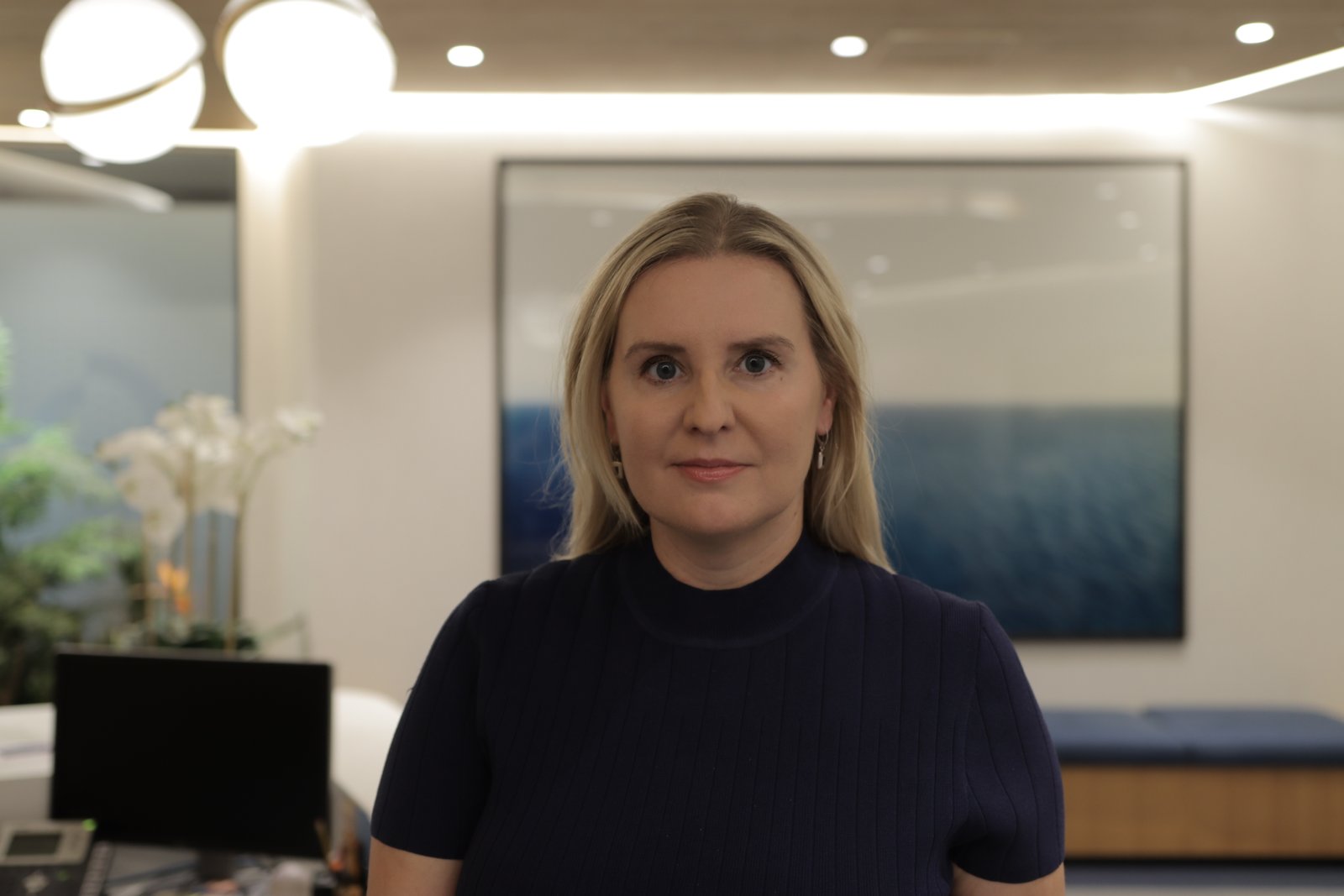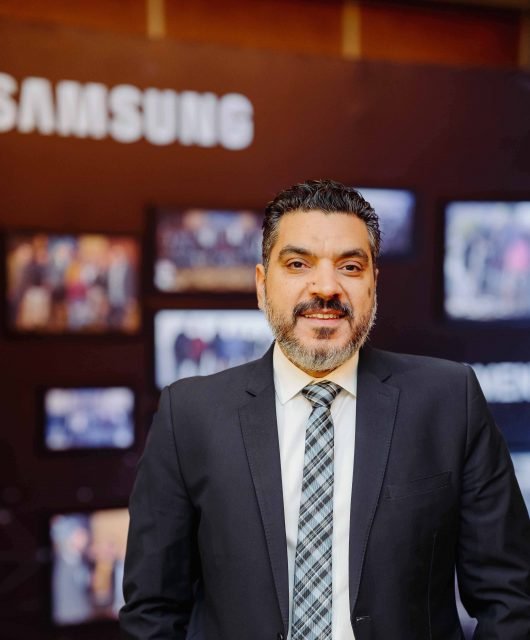Think Local: Navigating The Cultural Nuances of The Middle East Market
By Karen Abdallah, Senior Project Manager, VICE Media Group

American author and futurist John Naisbitt had predicted in Megatrends 2000, that “as our outer worlds grow more similar, we will increasingly treasure the traditions that spring from within”.
This seemingly contradictory saying is at the heart of modern consumer behaviour, where customers cherish the local culture but also crave a global touch in anything that they experience. Even as globalization continues and international brands become more accessible around the world, there is a strong under-current of thinking local. Consumers worldwide want to balance that global excitement with a deep-seated desire to protect, preserve and showcase their own local culture and maintain their unique identity.
Nowhere does this have more relevance for marketers than in the rapidly evolving Gulf and the Middle East – where cultural values, family bonds and social norms hold utmost importance. Navigating this culturally sensitive landscape has been further complicated by the often-stereotyped approach that many global brands take – treating the entire region’s culture as a homogenous marketing palette.
But this would be a mistake. Within the Middle East, every culture and country are different and diverse.
Expert marketeers in the region will certainly share their stories gathered over the years of how Saudi Arabia is different from the UAE and Oman – and how even Riyadh is different from Jeddah and Abu Dhabi from Dubai. Approaching such markets with a one-size-fits-all cultural message would be a critical mis-step – and many brands have already paid that price.
Of course, there’s a lot of cultural common ground: in the family-dominant conservative culture, adhering to traditions and social norms is the usual practice, and brands must appeal to values that bring the family together. But, brands must not only be relevant to national markets, but also allow plenty of room for local taste – because culture can vary wildly within the same country. Regulations, cultural perceptions, and consumer behaviours also vary from country to country and finding out what works for brands in each market can be a daunting task. What might succeed as an award-winning campaign in one Middle East market might fall flat in another.
Ultimately, marketers – especially for global brands – must be aware that they operate in a region where the way people think, the way people consume, and the way people buy are still dependent on their traditional cultural traits.
Does that mean brands should remain content with run of the mill campaigns?
On the contrary, being a provocative marketeer in a conservative region requires a skilful mastery of cultural nuances, the ability to recognize and work within boundaries, and finding innovative ways to deliver dynamic content that respects local values while still conveying important messages and driving customer action.
Whether its influencer generated content (IGC), digital campaigns or customized marketing projects, navigating through cultural nuances is all about showing genuine interest in understanding and embracing the region’s cultural diversity, and always being open to learning and recalibrating. When brands approach content creation with a genuine appreciation for the culture they are engaging with, they will certainly connect with the audience in a way that fosters positive connections and minimizes the risk of unintentional misunderstandings or causing offense.
A perfect case in point is the one-of-a-kind award-winning Durex Records campaign that I’m proud to have worked on this year. This campaign was created in partnership with VICE Arabia, and shines a spotlight on rising talent in the Middle Eastern hip-hop scene, while showcasing the work of numerous gifted artists and empowering self-expression through music. The campaign showcases that Durex is on a mission to liberate, empower and equip Arab youth to be their true self. The campaign places the brand at the center of stimulating conversations that revolve around culture, identity and music.
This is a successful demonstration of how to approach content creation with cultural sensitivity and a global perspective, all the while striking the right balance on challenging topics that might be locally taboo but acceptable internationally.
In essence, navigating the cultural nuances of the Middle East requires MEA marketeers to go beyond the demographic stereotypes and singular narratives to operate from inside culture: deeply understanding and delivering what actually matters to the target audience. Only then can brands become the true purveyors of culture and deliver real value for their customers in the region.





